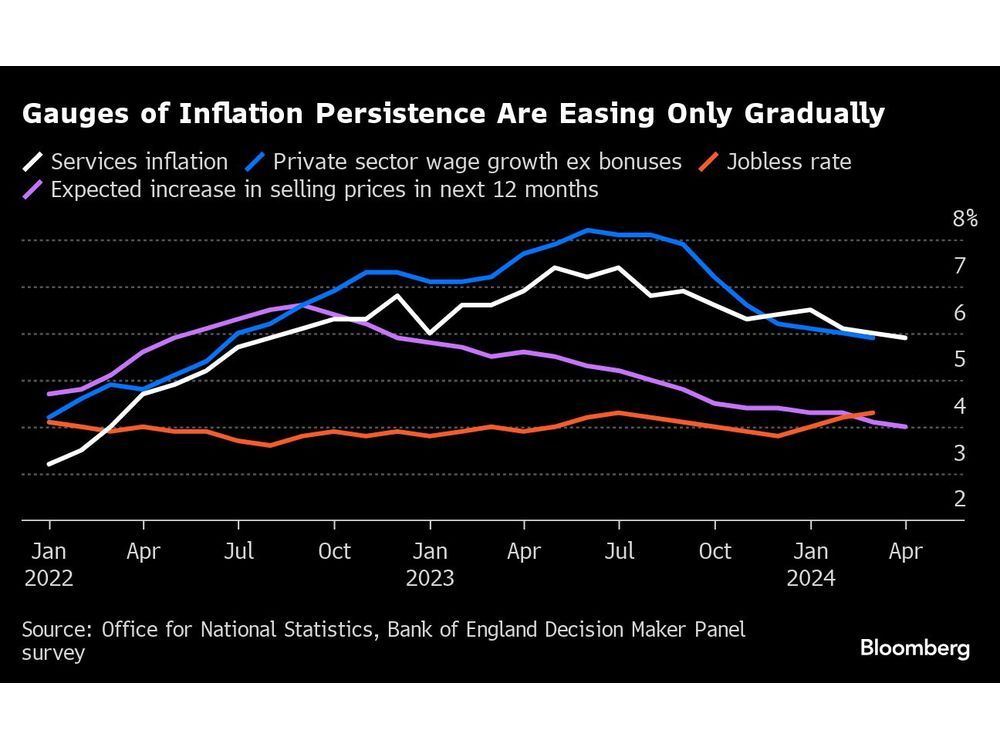Follow us on LinkedIn
Calendar anomalies in the stock market refer to recurring patterns or anomalies that occur at specific times of the year, month, or week, which cannot be explained by traditional financial theories. These anomalies often defy the efficient market hypothesis and provide opportunities for investors to exploit market inefficiencies. Some well-known calendar anomalies include the January effect, where stock prices tend to rise in January, and the day-of-the-month effect, where returns are higher on certain days of the month.
The calendar anomalies were discovered long ago. Reference [1] examines whether they still persist in the present-day stock market. Specifically, the author investigates the turn-of-the-month (TOM), turn-of-the-quarter (TOQ), and turn-of-the-year (TOY) effects in the US stock market. They pointed out,
This thesis presents several valuable findings. The TOM, TOQ, and TOY effects are all present in the US stock market, with the TOY effect being the most substantial. Second, the TOY effect remains primarily confined to small stocks with volatile prices, strengthening the hypothesis that individual investors sell their losses for tax purposes before the year-end. Additionally, the TOY effect is stronger in stocks with low momentum, which reinforces the idea that institutional investors sell stocks that negatively influence performance. These results suggest that the TOY effect can be explained by both the practice of window dressing and performance hedging by institutional investors. Third, we find that the calendar effects have evolved considerably over time. In recent decades, the TOM and TOY effects have resurfaced and continue to exist. The absence of a significant TOQ effect in the past decade suggests that increased disclosure regulations have reduced portfolio pumping in the US stock market. Fourth, companies with low Google search volumes are significantly more affected by all three effects.
In short, calendar anomalies continue to exist in the US stock market. Furthermore, they can be exploited to gain abnormal returns. For instance, every four-day TOY window yields an average profit of 1.66% when holding all stocks exclusively over the TOY windows. Similarly, an average profit of 0.55% is generated every four-day TOM window by exclusively holding all stocks over the TOM windows.
Let us know what you think in the comments below or in the discussion forum.
References
[1] Idunn Myrvang Hatlemark and Maria Grohshennig, Calendar Effects in the US Stock Market: Are they still present?, 2022, Norwegian University of Science and Technology
Further questions
What's your question? Ask it in the discussion forum
Have an answer to the questions below? Post it here or in the forum





Prime Minister Keir Starmer’s promise to “get Britain building again” will quickly face a shortage of skilled workers in the very industries he’s hoping will power the turnaround.